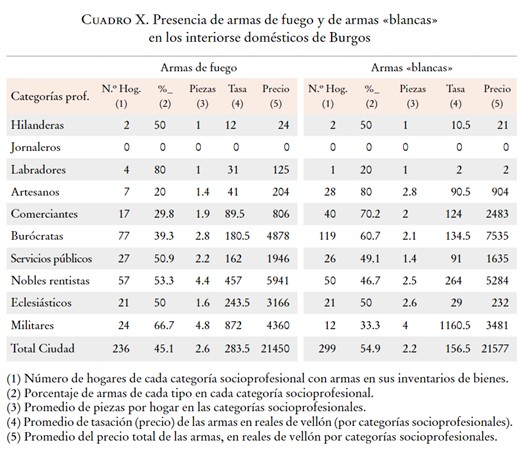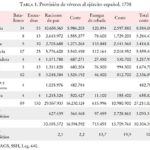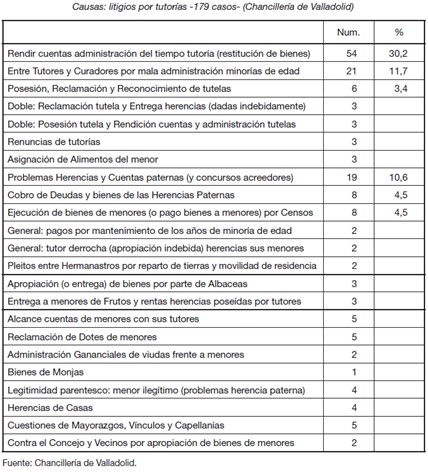
The arrival of the Bourbons to the Spanish throne at the beginning of the 18th century brought about a new conceptualisation of the State by taking on functions that either corresponded to the private sphere or were considered archaic as a remnant of the medieval past. In this context, during the 1930s, the State sought to bring order to the lack of control that existed in the private supply of provisions to the army. To this end, the General Accountant’s Office for the Provision of Army Provisions was created. Thus, the author shows how in 1738 more than 10% of the rations of bread and bushels of barley destined for the army were given to the troops of the Court and Royal Sites; 3,093,330 reales compared to the 27,211,024 that the supplies cost for the battalions and squadrons stationed in the territories of the national geography of the peninsula and Mallorca. The proportion of the bushels of barley destined for the Court and Royal Sites increased to 20% of the total expenditure on this item, an expenditure based on the greater proportional presence of cavalry among the troops of the Court and Sites. In sum, the cost of 30,185,372 rations of bread and 713,455 bushels of barley for the army was valued at more than 30 million reales.
Collection: Statistics
Project: 3. Rural world and urban world in the formation of the European identity., 4. Family, daily life and social inequality in Europe.
Chronology: XVIII
Scope: Secondary Education, Baccalaureate, University
Link: https://revistas.usal.es/index.php/Studia_Historica/article/view/9272/9577
Resource type: Statistics
Format: Table
Source: Torres Sánchez, R. (2012). "Los cinco gremios mayores y el abastecimiento de víveres al ejército español", de Studia Historica, vol. 34, p. 416.
Language: Spanish
Date: 2012
Owner: Pablo Ballesta Fernández (Modernalia)
Copyright: ©Studia Historica ©Rafael Torres Sánchez
Abstract: Table showing the cost of food supplies for the Spanish army by region and for the Court and Royal Sites in 1738
Image
Tags






